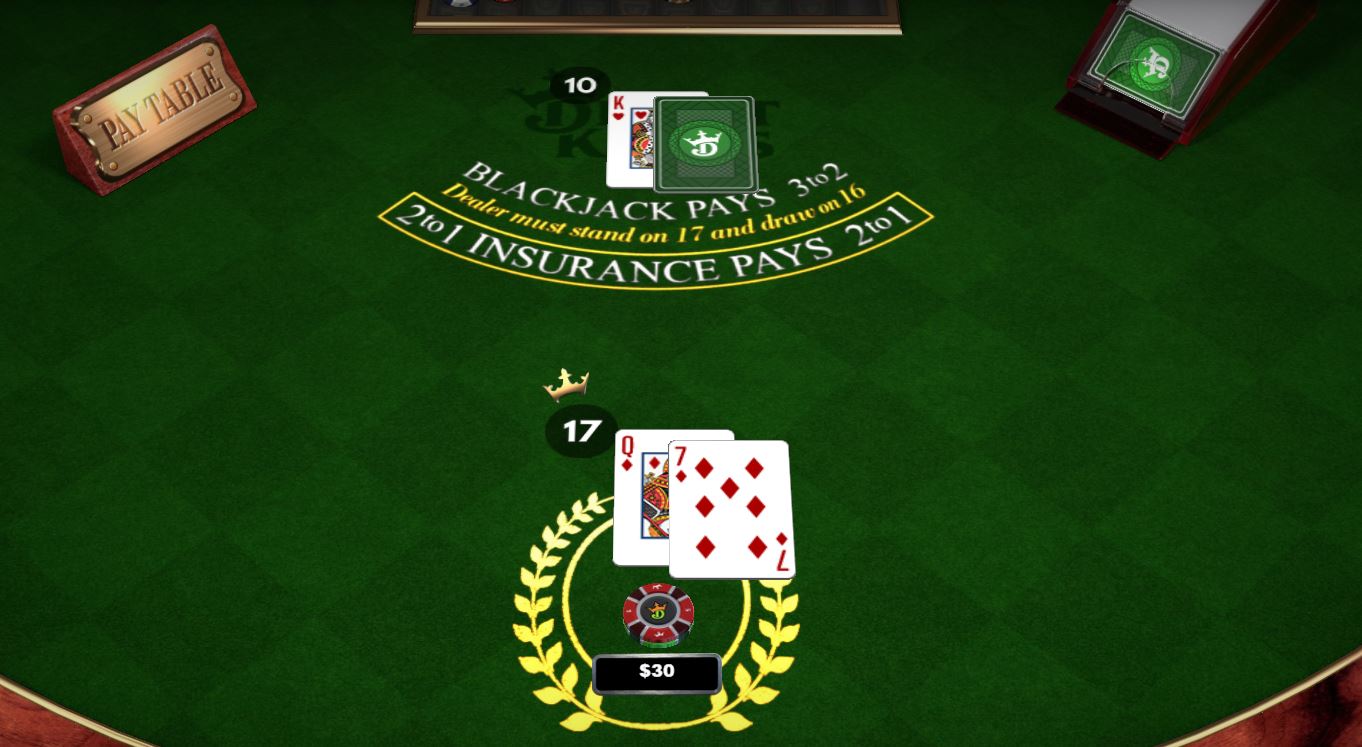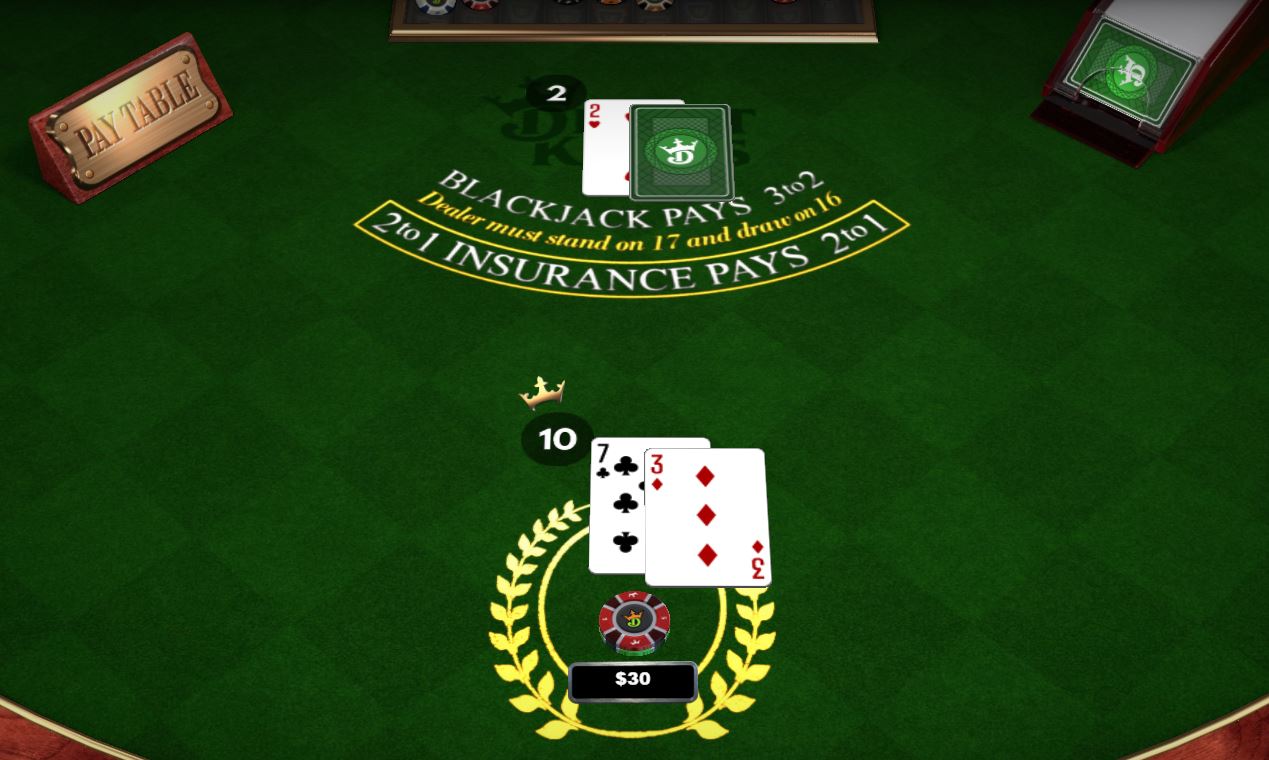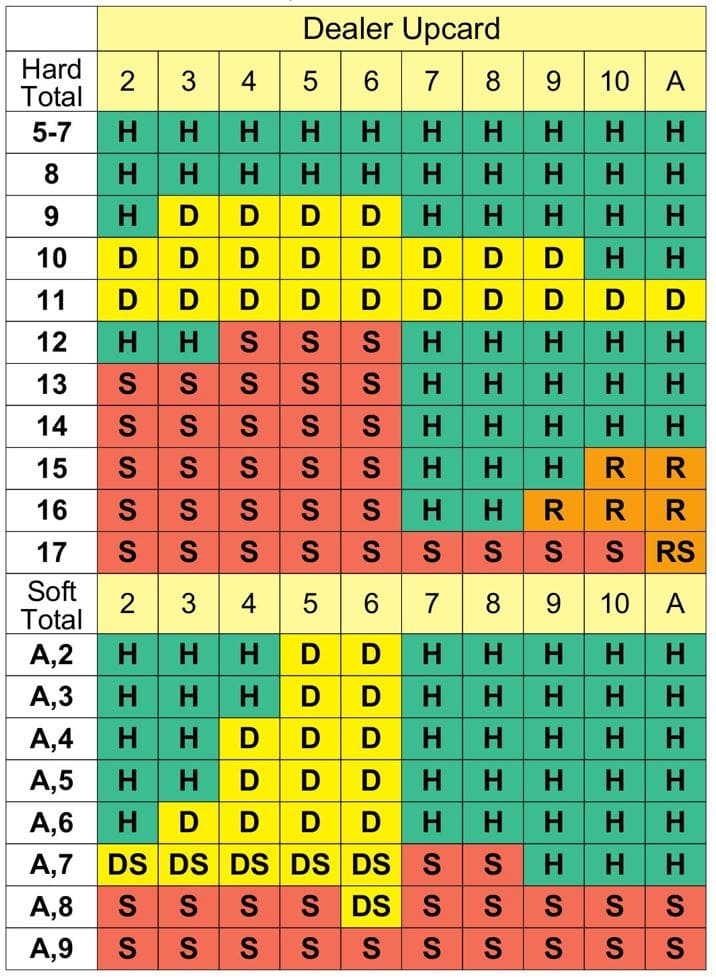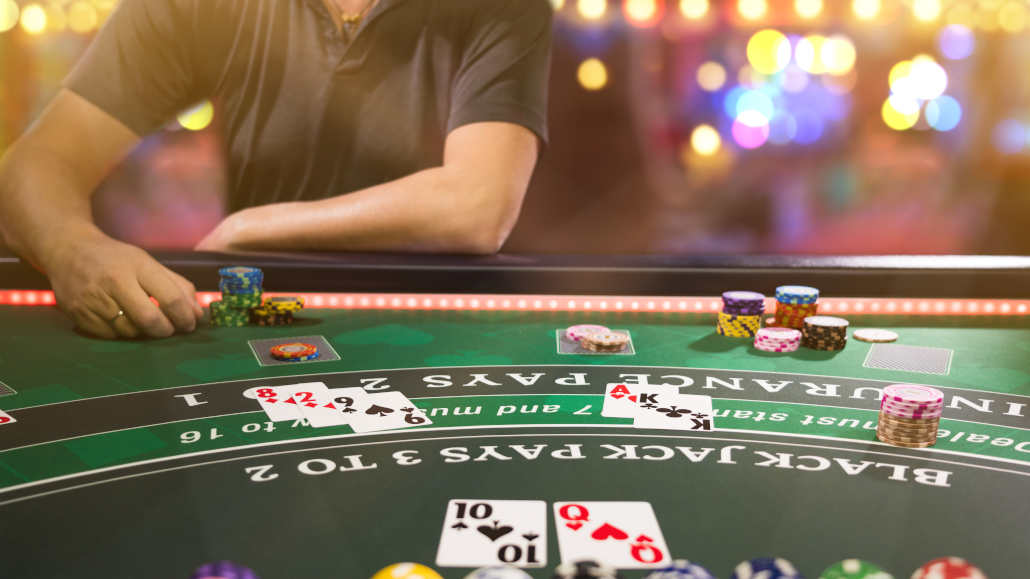Blackjack Strategy – Master the Basics With Our Blackjack Chart

Blackjack may seem like a game of chance at first sight because of simple Blackjack rules, but it involves a great deal of strategy when played seriously.
The blackjack strategy includes many elements, from understanding probabilities to mastering advanced plays and even card counting.
If you want to be a great blackjack player, you should know every part of blackjack strategy and be able to employ all these different concepts at the tables in real time.
In this guide, I will teach you how to play the game at a high level, show you every blackjack strategy chart you need to see, and share the most important blackjack tricks you need to know.
What Does Blackjack Strategy Teach You?
The strategy known as the basic blackjack strategy is the most important tool you will need to do well at the blackjack tables. The goal of the basic strategy in blackjack is to reduce the house edge to the absolute minimum by always making the optimal play.
The goal of this strategy is to teach you:
- When to surrender your hand
- When to double down
- When to split your pair
- When to hit or stand
The attached blackjack strategy chart tells you all the plays for every possible situation. Using this chart while playing will give you the results you were hoping for, but I want to explain the strategy to you so you know why each play is actually on the chart.
Step 1: When to Surrender in Blackjack

In blackjack games where surrendering is allowed, this is the first play you get to make. You can only surrender after being dealt your initial two cards and after the dealer's upcard is shown.
Surrendering is a play that’s not employed too often in the basic blackjack strategy, but there are several scenarios in which to do it.
More specifically, you should surrender when:
- The dealer holds 9, 10, or A, and your total is 16
- The dealer holds 10, and your total is 15
Surrendering your hand means you will get half of your total stake back without the opportunity to win the hand.
The scenarios I listed here are the only ones in which it is more profitable to surrender than stand or hit, so only ever surrender if you have these particular situations come up.
If you are playing at a table where surrendering is not available, or you have a hand that you should not surrender with, proceed to the next step.
Step 2: When to Split in Blackjack

The next decision you will have after you have decided not to surrender your hand is whether or not to split it.
While you will usually only be able to split your hand when you are dealt a pair to start with, some online blackjack games will also allow you to split any two cards worth 10 (picture cards).
Splitting is a lot more complicated than surrendering, as situations for it arise a lot more often. The blackjack strategy chart for splitting shows you which pairs to split and which not to, but you can also memorize these simple rules:
- Always split a pair of aces
- Never split a pair of tens
- Split a pair of 9s against 2-9 (except 7), otherwise stand
- Always split a pair of eights
- Split a pair of 7s against 2-7, otherwise hit
- Split a pair of 6s against 2-6, otherwise hit
- Split a pair of 5s against 2-9, otherwise hit
- Split a pair of 4s against 5-6, otherwise hit
- Split a pair of 3s against 2-7, otherwise hit
- Split a pair of 2s against 2-7, otherwise hit
As you can see, the blackjack strategy for splitting pairs follows some fairly strict rules. Perhaps the most important ones are to always split your aces and never split your tens, for obvious reasons.
A pair of aces can easily make two hands worth 21, guaranteed to be winners, while a pair of tens is already worth 20 and likely to win you the hand. Breaking up tens will often leave you losing one of the two or both hands, which means you lose value in the long run.
Step 3: When to Double Down in Blackjack

The next thing to consider is whether or not to double down on your hand. Note that you should always double down when the basic blackjack strategy instructs it because it means you are in a really good situation.
Doubling down means you will double the bet you placed and receive only one more card. You won't be able to hit afterward.
However, that one card will often be enough, as you will only double down in situations that are very favorable for you.
Yet, there are quite a few spots in which you should double down, and I am going to split them into those with soft hands and those with hard hands, as there are some differences between the two.
⭐ Soft Hand Double Downs
A soft hand is a hand that contains an ace as one of your initial two cards, meaning you can’t go bust with the next card since you can count the aces as 1 or 11.
- Double soft 13 against 5-6, otherwise hit
- Double soft 14 against 5-6, otherwise hit
- Double soft 15 against 4-6, otherwise hit
- Double soft 16 against 4-6, otherwise hit
- Double soft 17 against 3-6, otherwise hit
- Double soft 18 against 2-6, hit against 9-A, otherwise stand
- Double soft 19 against 6, otherwise stand
- Never double soft 20; always stand
⭐ Hard Hand Double Downs
A hard hand in Blackjack is when you do not have an ace in your two initial cards.
- Always hit hard 8
- Double hard 9 against 3-6, otherwise hit
- Double hard 10 against 2-9, otherwise hit
- Always double hard 11
- Never double other hard hands
You will notice that doubling down on soft hands is possible with many more combinations because it's not possible to bust those hands with a single card.
Doubling down on hard hands must be done cautiously and never with hands higher than 11, as those hands can easily bust with one card and ruin your double bet immediately.
Step 4 – Blackjack Chart Showing When to Hit or Stand

Once you have gone over the first three steps of blackjack strategy and decided that none of the plays are appropriate, the last step is to decide whether to hit or stand.
Here is a simple Blackjack strategy chart for a 4-8 deck game where the dealer cannot hit on 17, which is by far the most popular variation. Let’s start with a term sheet so you can read Blackjack strategy charts easily:
- H – Hit
- S – Stand
- D – Double Down
- DS – Double Down (or stand if not possible)
- R – Surrender

Your hitting and standing strategy are based on the likelihood of your hand beating the dealer by the end of their draw and the likelihood of the dealer busting their hand.
Since there are so many possible hands to consider, you can look at the blackjack strategy chart to familiarize yourself with hands to hit and stand.
Perfect Blackjack Strategy – Things to Consider
While basic blackjack strategy is relatively simple to learn, there are several things you should remember.
First of all, it is important to memorize the blackjack strategy by heart and not make any mistakes when you are actually playing.
While you can also use the chart in live play, this will slow down your play and potentially make other players mad in live casinos if you look at what to do each hand.
Instead, it is best to remember the chart by heart and always know exactly the right play as soon as the cards are dealt.
Also, be very careful in terms of the actual blackjack game you are playing, especially in online casinos. With so many different versions of blackjack offered, the blackjack strategy chart I shared here may not be optimal for some of them.
In games where more decks are involved, surrendering is not allowed, doubling down is limited, or other extra rules are in play, you must modify your blackjack strategy.
All deviations from the basic blackjack strategy I presented here should be well-founded and studied, and you should make sure that you have your facts right before you start playing any different way.

Counting Cards in Blackjack
One of the most advanced forms of blackjack strategy is card counting, a technique that is frowned upon by most casinos but is perfectly legal to use.
Don't get me wrong, many casinos will ban you from playing blackjack or from playing at all if you are caught counting cards, but you won't get into any legal trouble.
Card counting is a technique that only works in live blackjack games and only if the decks are not shuffled too often.
This blackjack strategy can give you an edge over the house by giving you a better idea of which cards are more or less likely to be dealt out.
Counting cards is a technique to which you should find a dedicated guide if you want to use it in your games.
However, it is important to keep in mind that it is really hard to use this technique these days since casinos introduced multi-deck games and re-shuffles the cards so often that count carding barely gives you an edge.
Summarizing the Blackjack Strategy
Learning how to play blackjack is about more than just knowing which plays exist and trying to guess which card will be dealt next.
The basic blackjack strategy I showed you in this guide offers the best possible play for every situation, from simple stand/hit decisions to surrendering, splitting, and doubling down.
I highly recommend memorizing the basic strategy for blackjack by heart before you start playing the game for real money, as this will save you a lot of money and make you a better player.
Remember never to deviate from basic strategy without a specific reason (different rules to the game), and stick to making optimal decisions in order to minimize house edge and optimize your results.




